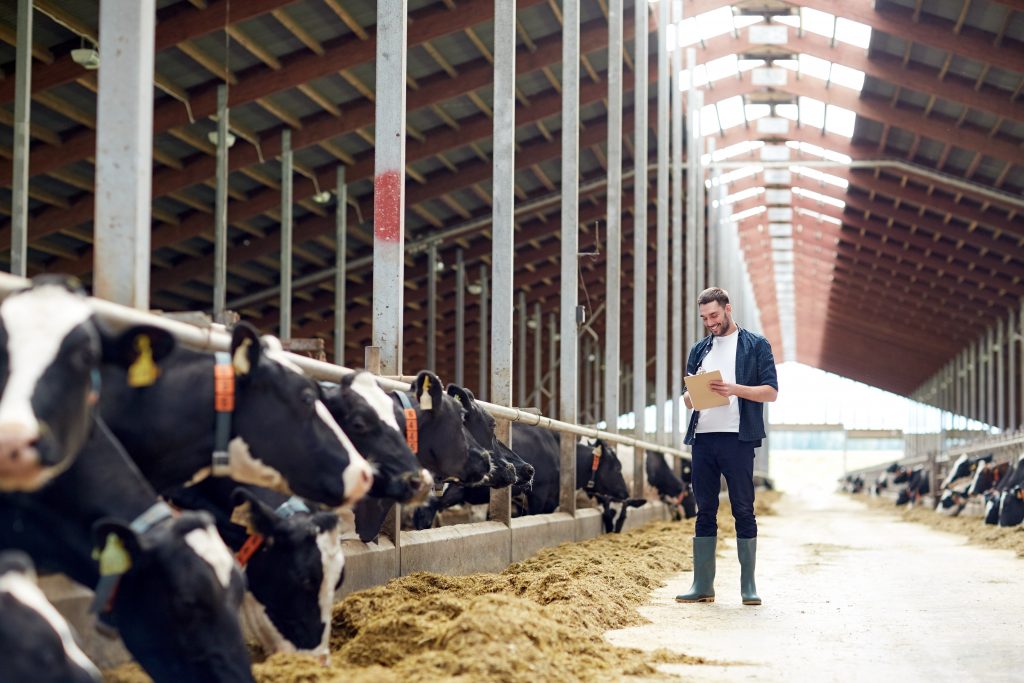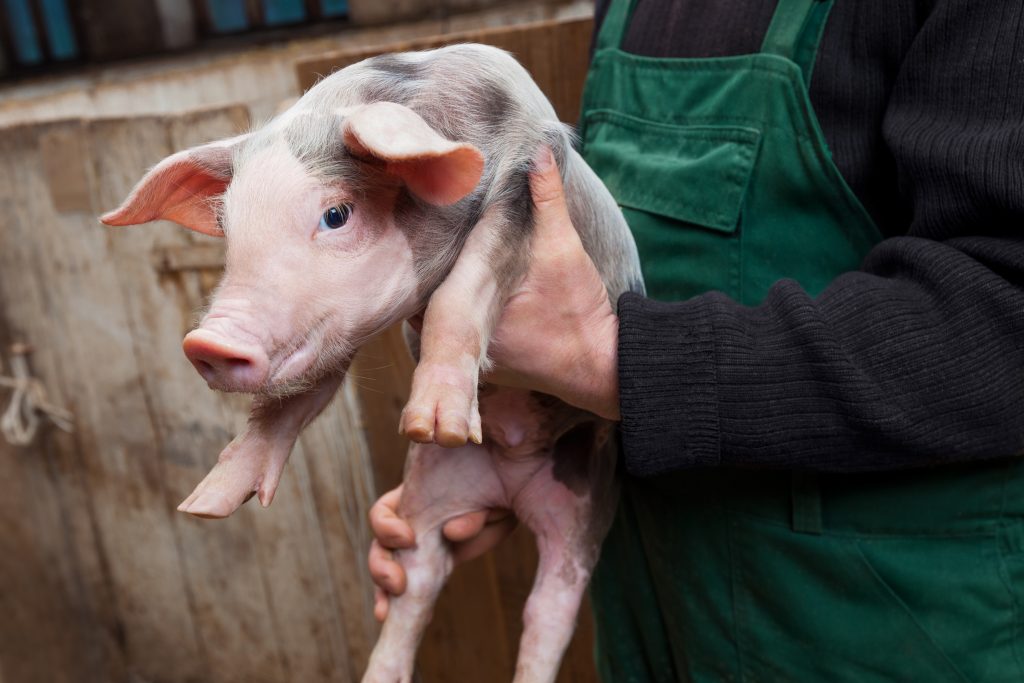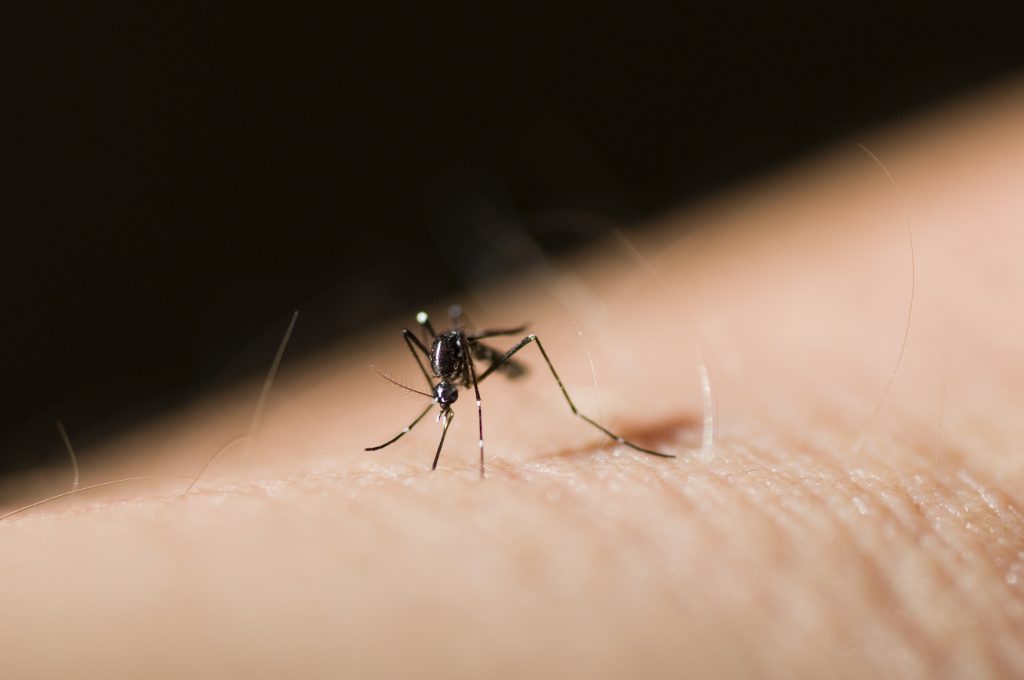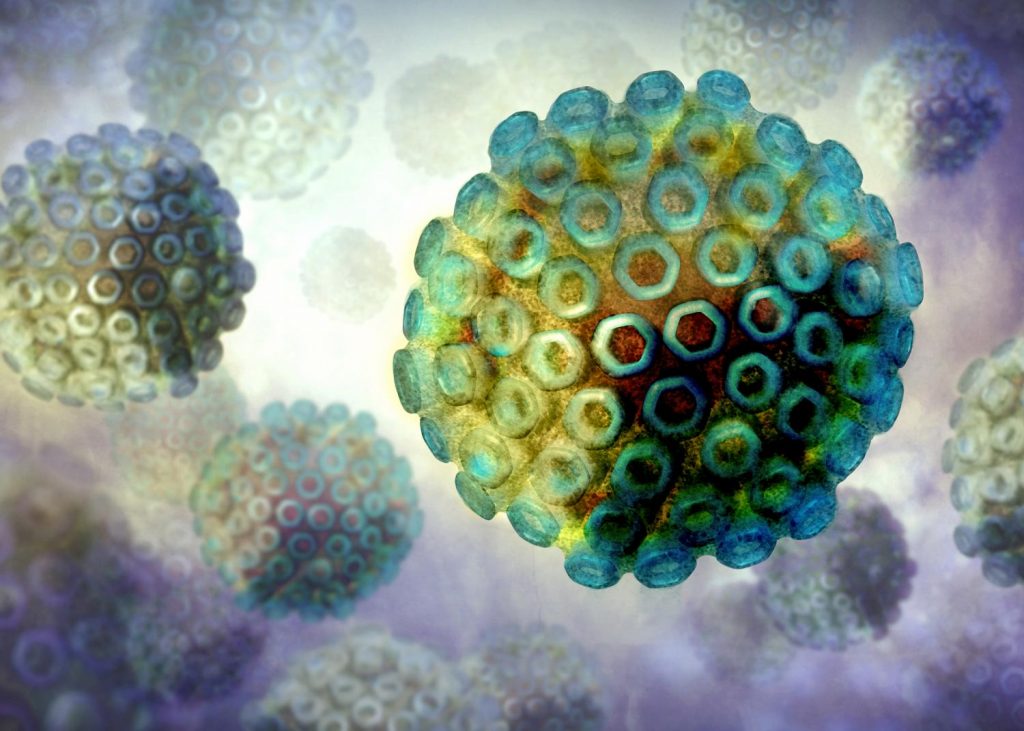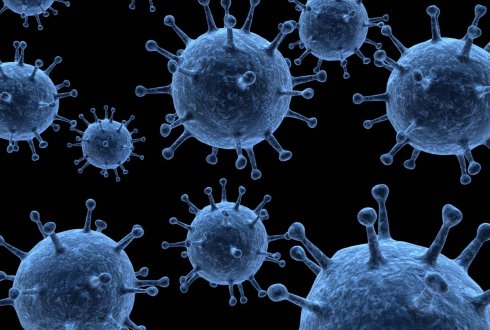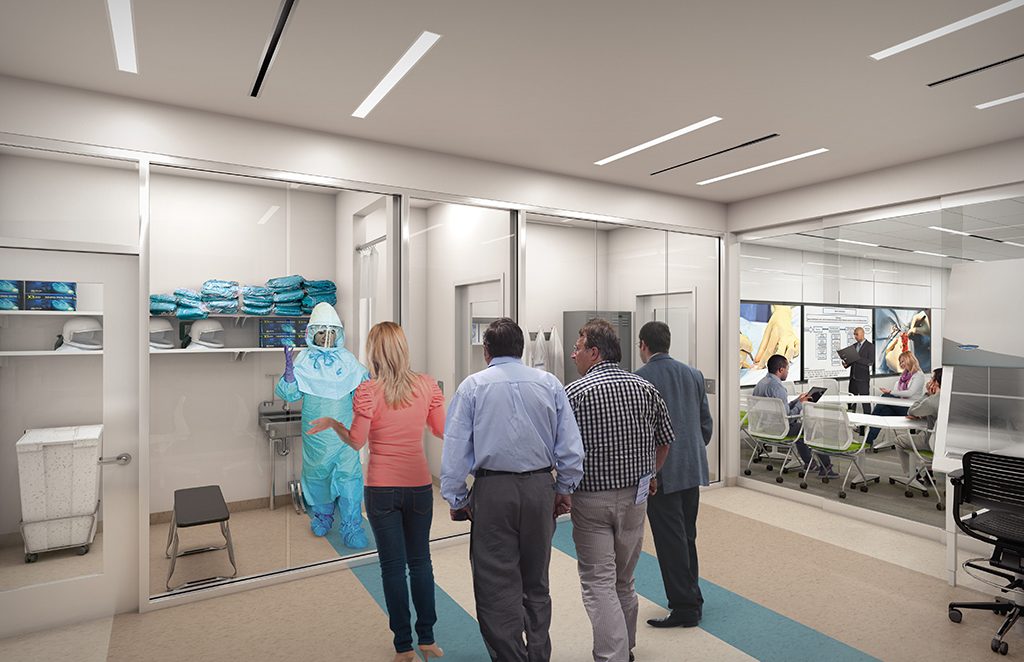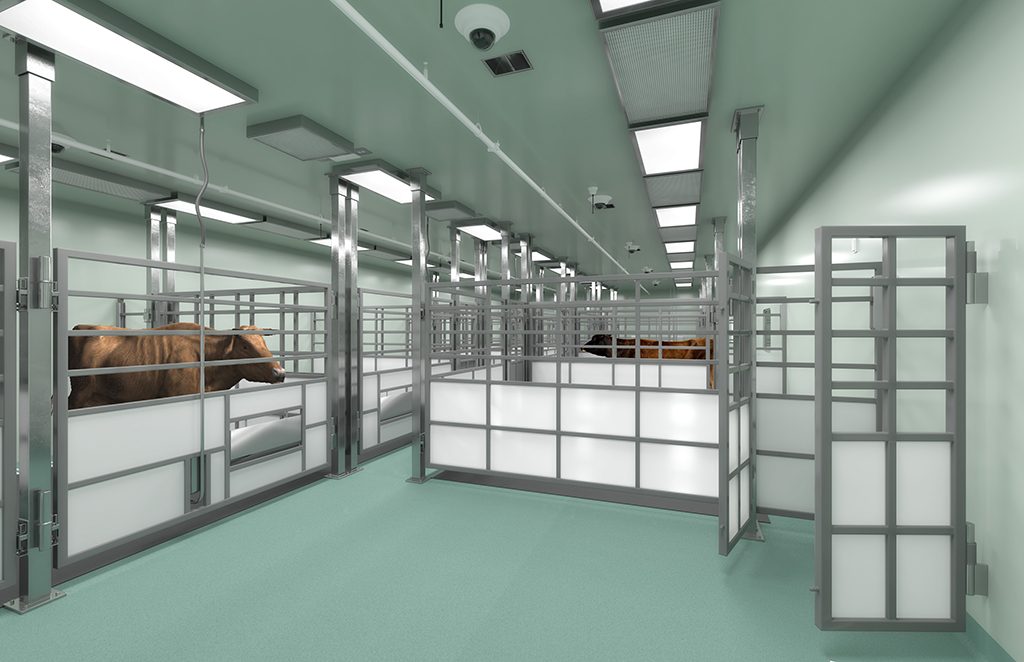Texas and the nation face threats from emerging infectious diseases and antibiotic resistant organisms that occur naturally, but there is also the constant threat of the deliberate release of modified organisms by terrorist nation states.
Over the last three decades, about 75 percent of emerging infectious diseases are zoonotic, i.e., transmissible between humans and animals.
Developing Countermeasures
To combat emerging disease threats, Texas A&M University has constructed the Texas A&M Global Health Research Complex (TAMGHRC)—an $86 million, 102,000 sq. ft. state-of-the-art, nationally distinct facility and core laboratory serving as a system-wide resource to combat emerging disease threats. The TAMGHRC supports and advances multi-disciplinary large animal and insect vector research, education, and training opportunities for faculty at Texas A&M and their partners from other academic institutions and industry.
Leveraging Texas A&M University’s multidisciplinary experts and state-of-the-art technology, TAMGHRC will serve as a focus for research in vector-borne disease. TAMGHRC boasts an ACL-3 insectory and equipment to support deep analysis of the genetics of animals, insects and the pathogens that infect them.
Texas A&M has numerous research collaborations that are developing and implementing cutting edge diagnostic technologies, therapeutics and prevention methods in response to infectious disease threats ranging from bioterrorism to food safety. The TAMGHRC is poised to promote an expanded global health focus and to develop a partner paradigm for the A&M System.
The GHRC will support the state of Texas and the nation through research innovations
- Address those diseases that pose the gravest threat to Texas public health and to its $100 billion agricultural economy.
- Develop vaccine countermeasures, diagnostic assays, and rapid pen-side detection technologies.
- Bridge a critical gap in global health addressing diseases that infect the human population as well as the agricultural food supply.
- Provide an essential component in animal health research and diagnostics to enhance the Texas A&M research enterprise.
- Improve human and animal health within Texas, across the United States, and around the globe.


